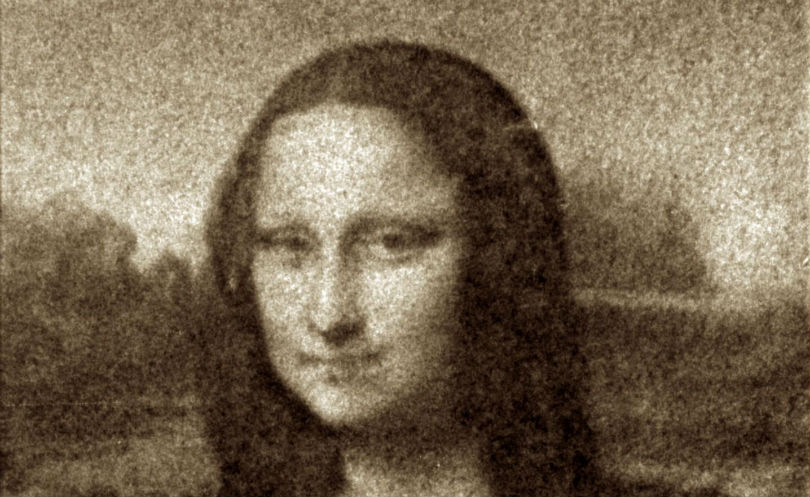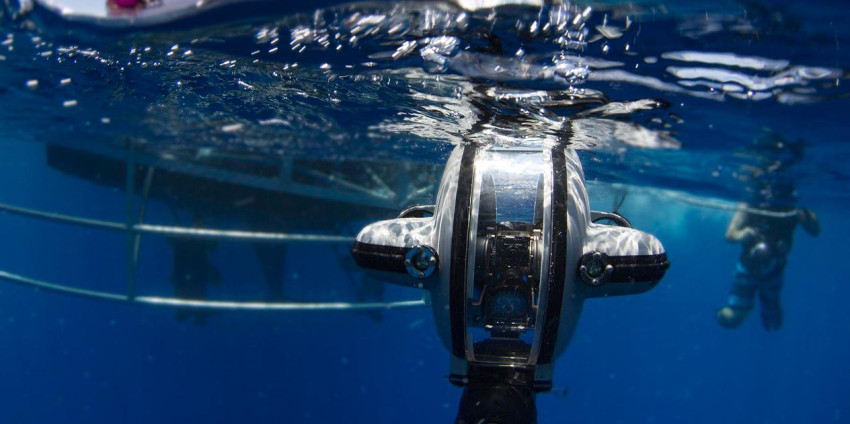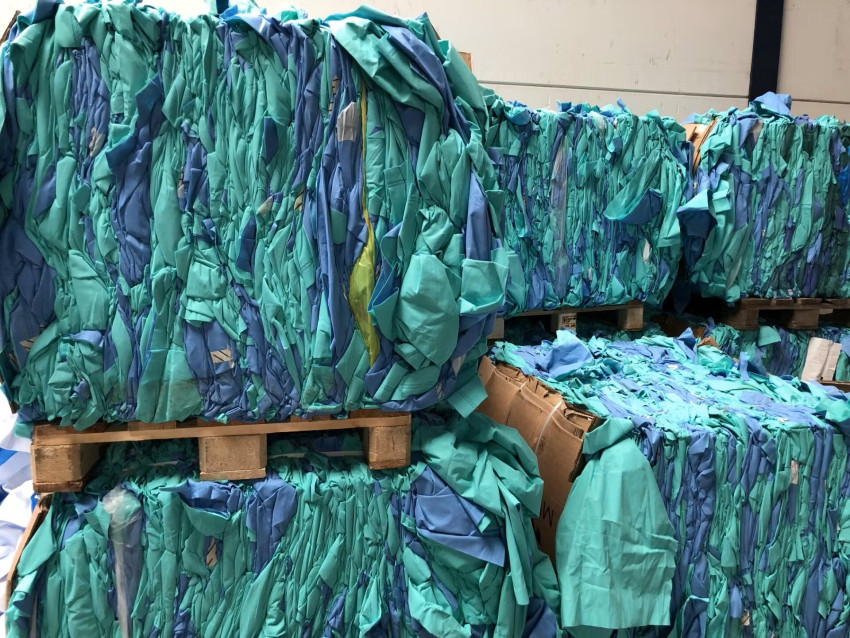
Poop bacteria reproduce the Mona Lisa
In order to show what’s possible with single-celled organisms that can be controlled with light, Italian scientists have reproduced a version of Leonardo da Vinci's masterpiece the Mona Lisa using E. coli bacteria.
Escherichia coli (E. coli) bacteria, also known as poop bacteria, do lots of useful work in our intestines. However, Giacomo Frangipane and his colleagues from the Italian nanotechnology institute CNR Nanotec thought that the same bacteria might also be able to do something useful outside the human gut. Besides reproducing a work of art, like the image above, they may also be useful for tasks such as transporting medicines through the body.
Remote control
E. coli bacteria are suitable for these kinds of applications because they are relatively fast swimmers: in one second, they can travel up to ten times the lengths of their own bodies thanks to a miniscule propeller, driven by a kind of motor.
This little engine obviously needs to get its fuel from somewhere or other, and this is where the E. coli bacteria used by Frangipane and his team are different to the billions of specimens we flush down our toilets every day. Where the latter charge their motors through a process involving oxygen, the bacteria in this research were inserted with a protein that converts light into energy.
These miniature solar panels mean the bacteria can be controlled remotely. If they are subjected to bright light, they move quickly, but if the light level is reduced they slow down. This means they accumulate in locations where their speed is low, just like cars in traffic.
Sharp image
With their reproduction of the Mona Lisa, Frangipane and his colleagues demonstrated what such bacteria could do. First, they used a static light pattern that created the negative of the painting. The bacteria then collect in the dark spots in that pattern, making them more visible.
However, this yielded a somewhat vague picture, which meant that the researchers had to take a more sophisticated approach: every twenty seconds they compared the image that the bacteria formed with the intended image, and adjusted the light pattern accordingly. The result was a much sharper image.
Living transport mechanism
All great fun of course, but how about some more practical applications? For example, you could surround a small machine component or medicine with E. coli bacteria. Light could then control these bacteria as a living transport mechanism that takes the mini-object to its place of destination.
Image: Frangipane et al., 2018







